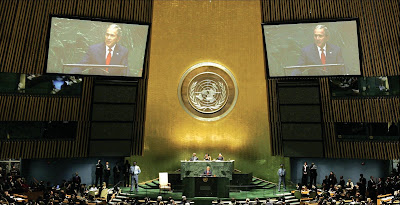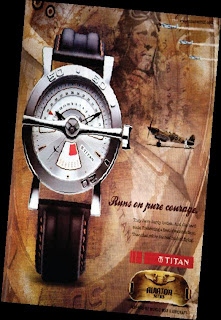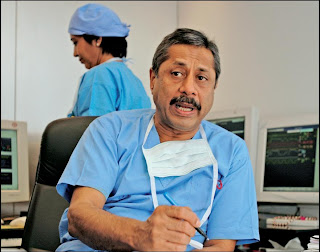RBI succumbs to dollar deluge...
“The
 rupee appreciation against the dollar has helped to tame inflation, but it also has complicated monetary policy,” said C Rangarajan, Chairman of the Prime Minister’s Economic Advisory Council. The appreciation of rupee against the US dollar is definitely not a welcome sign as far as the exporters are concerned. The rupee against dollar has appreciated from Rs.46 in July 2006 to Rs. 40.63 (as on June 14, 2007), an increase of more than 11%. The plight of the top IT companies and some of the leading pharmaceutical companies is all the more severe with more than 60% of the invoices in US dollars. It is argued that a 1% change in the value of rupee hits the operating margin of the IT industry by 30 to 50 basis points. The textile sector is no better off . A survey conducted by FICCI reports that as a result of higher interest rates the profit margin of leading export sectors has eroded by approximately 11%. Minister of Commerce & Industry Kamal Nath, while agreeing to the exporters view was forced to set up a committee to assess job losses and loss of export order due to the appreciation of rupee. Along with it he also announced a package of wide ranging measures to counter the negative impact of rupee appreciation. According to the calculations of Abheek Barua, Chief Economist, ABN Amro Bank losses arising out of appreciation is at a whopping $12 billion in the last one year.
rupee appreciation against the dollar has helped to tame inflation, but it also has complicated monetary policy,” said C Rangarajan, Chairman of the Prime Minister’s Economic Advisory Council. The appreciation of rupee against the US dollar is definitely not a welcome sign as far as the exporters are concerned. The rupee against dollar has appreciated from Rs.46 in July 2006 to Rs. 40.63 (as on June 14, 2007), an increase of more than 11%. The plight of the top IT companies and some of the leading pharmaceutical companies is all the more severe with more than 60% of the invoices in US dollars. It is argued that a 1% change in the value of rupee hits the operating margin of the IT industry by 30 to 50 basis points. The textile sector is no better off . A survey conducted by FICCI reports that as a result of higher interest rates the profit margin of leading export sectors has eroded by approximately 11%. Minister of Commerce & Industry Kamal Nath, while agreeing to the exporters view was forced to set up a committee to assess job losses and loss of export order due to the appreciation of rupee. Along with it he also announced a package of wide ranging measures to counter the negative impact of rupee appreciation. According to the calculations of Abheek Barua, Chief Economist, ABN Amro Bank losses arising out of appreciation is at a whopping $12 billion in the last one year.The Central Bank on its part has in a way allowed the rupee to appreciate in a bid to curb inflation. Though inflation has cooled off, but so has Indian exports. It’s no surprise that India recorded the highest ever trade deficit in May 2007 (the highest ever monthly deficit in the last 15 years). In a bid to counter inflation, robbing exports make no sense at all. A more logical way to tackle massive capital inflows – the reason as to why rupee is at 9-year high, would have been to sell bonds in open markets. It is time RBI wakes up from its slumber and prevents any further appreciation of rupee.
Well, the symptom RBI is showing is that of Dutch disease & the patient happens to be Indian economy.
B&E research: Gyanendra Kashyap
For Complete IIPM Article, Click on IIPM Article
Source : IIPM Editorial, 2007
An IIPM and Professor Arindam Chaudhuri (Renowned Management Guru and Economist) Initiative



















